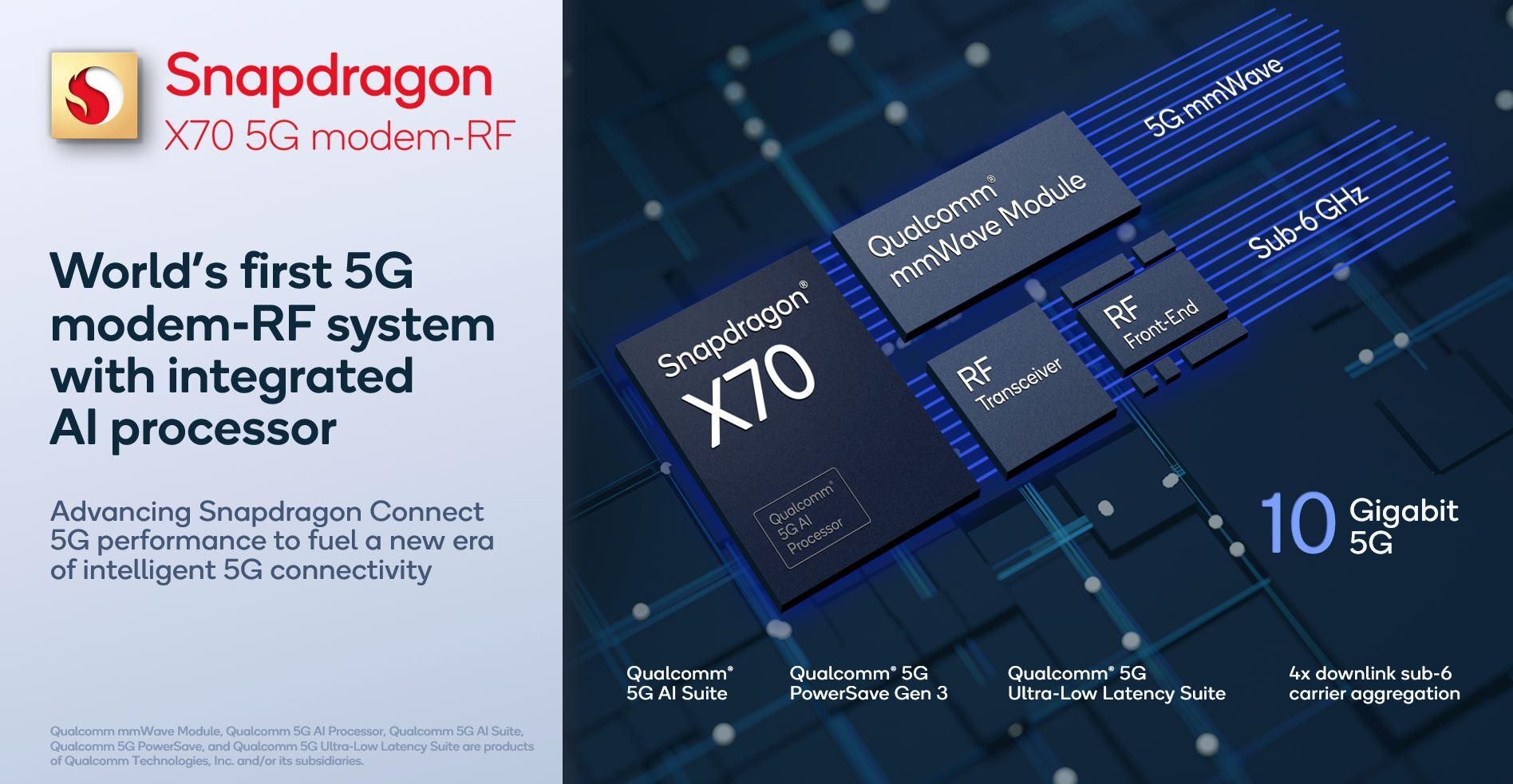The 5G era is still relatively new and even those with 5G compatible phones are still unable to connect to the fastest 5G signals due to the short distances that high-band (mmWave) airwaves travel. As a result, the fastest 5G experience that most consumers are familiar with is the fast but not the fastest connection to carriers’ mid-band signals. While no one is complaining, some of the amazing things that we were expecting from 5G such as self-driving vehicles and operations performed remotely, have yet to be offered to the general public.


Apple’s iPhone 15 series features Qualcomm’s Snapdragon X70 5G modem
Gurman brings up some good points about Apple’s attempt to build its own 5G modem chip, some of which we have expressed ourselves. One, of course, is Apple’s desire to end its reliance on Qualcomm considering that there have been several legal issues between the firms over the years including accusations of patent infringement and more. Apple has a lot riding on this considering how big a role the modem plays on the iPhone.
Apple hopes that in addition to ending its reliance on Qualcomm for this key iPhone part, designing and building its own modem would allow the company to develop special technology and features developed for the iPhone. It also would allow Apple to save some money since it wouldn’t need to pay Qualcomm both its licensing fee and the price of the chips (remember Qualcomm’s “no license, no chips” policy).







